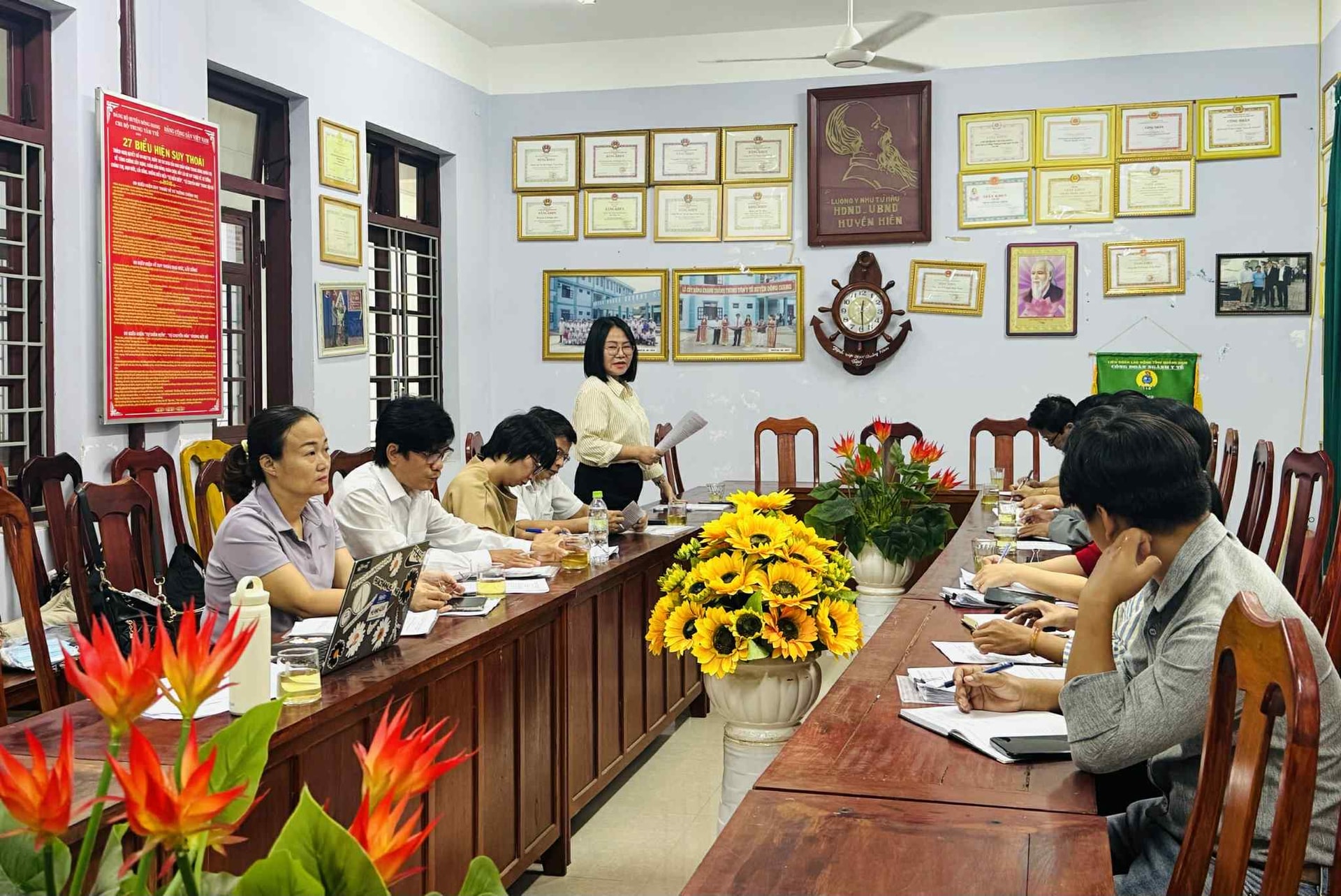
In areas such as Tay Giang, Dong Giang, Nam Giang and Nam Tra My, small population size, low density, scattered population, and rugged terrain create many barriers in implementing population services.
Notably, there are large differences in fertility rates. Specifically, Dong Giang and Nam Giang regions have lower fertility rates than replacement levels, while Nam Tra My region has a high fertility rate (TFR 2.85).
However, with a population of only about 36,453 people, the high birth rate in the Nam Tra My area does not significantly increase the population of the whole region.
Worryingly, most of the population quality indicators in the Nam Tra My area are very low, especially prenatal screening, newborn screening, and premarital health counseling activities were almost not implemented in the first half of this year.
This is the core issue that shows the low quality of population in mountainous areas, especially in Nam Tra My area; medical infrastructure, human resources and access to basic services are still limited.
In the Thang Binh and Que Son areas, the population size is larger and the birth rate remains stable. In particular, the Thang Binh area is considered a locality with many outstanding results in population quality.
However, in Que Son area, the rate of periodic health check-ups for the elderly and prenatal screening still does not meet the requirements.
Ms. Nguyen Thi Thu (Que Son area) expressed: "We want to have regular health check-ups, especially for the elderly, but the service is not really convenient, sometimes we have to wait a long time or go far away."
In Hoi An area, population quality is stable with high service coverage, most indicators have achieved good results. However, the birth rate here is very low (TFR 1.38), much lower than the replacement rate.
Ms. Nguyen Thao, an office worker in Hoi An ward, frankly shared: “My husband and I are both busy with work and have high living expenses, so we have not dared to think about having a second child. Many young families in the city have the same mentality.”
This reality poses a risk of rapid population aging, requiring appropriate birth incentive policies to balance the population in the long term.
According to the City's Population Department, in the coming time, it is necessary to focus on prioritizing resources for mountainous communes, especially communes in the former Nam Tra My, Tay Giang and Dong Giang areas, to improve population quality, strengthen basic health infrastructure, expand population services and develop.
At the same time, in the delta and urban areas, maintaining achievements and adjusting birth rates appropriately are also key tasks to ensure sustainable population development and balance between regions.
Ms. Phung Thi Huong Hanh, Head of the Da Nang City Population Department, said: “The current gap between regions is posing a huge challenge. In mountainous areas, the prominent problem is low population quality and inadequate service coverage; while in urban areas, the risk of low birth rates is high. The population policy in the coming time must be flexible, both prioritizing the removal of difficulties in mountainous areas and having solutions to increase birth rates for the entire city.”
According to Ms. Hanh, in the coming time, the Population Department will advise the Department of Health on specific mechanisms and policies for 6 mountainous communes in the current context.
This will be an important basis for developing appropriate solutions, removing bottlenecks, and creating the premise for more comprehensive and sustainable population development.
Source: https://baodanang.vn/chenh-lech-lon-ve-chat-luong-dan-so-giua-cac-vung-mien-3304931.html




![[Photo] General Secretary To Lam and National Assembly Chairman Tran Thanh Man attend the 80th Anniversary of the Traditional Day of the Vietnamese Inspection Sector](https://vphoto.vietnam.vn/thumb/1200x675/vietnam/resource/IMAGE/2025/11/17/1763356362984_a2-bnd-7940-3561-jpg.webp)








































































































Comment (0)